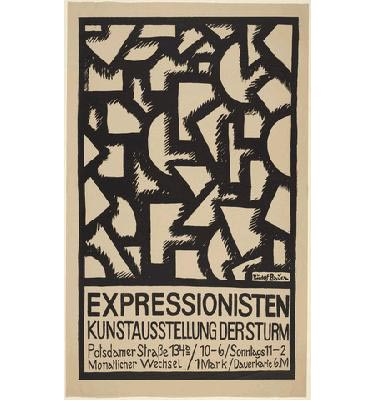Attached is an art review of the paintings and sculptures from the Weimer Republic and the manner in which that new art served to reflect the social upheaval that was taking place in Germany at that time.
The article concerns itself primarily with one art exhibit in particular, the Spring Exhibition of the Berlin Secession (1919) and the two art factions who participated: there were the artists of “Der Sturm” a movement that existed prior to the war and a newer, post-war tribe; the “November Group”. Also displayed were the works of two painters who served in the Kaiser’s army and did not return; Franz Marc (1880 – 1916) and August Macke (1887 – 1914).
“It is hoped by the German Expressionists and the artists of the “New Objectivity” that their art will serve as a tool for the destruction of Germany’s old order.”
German Expressionism held up a mirror to the political crises that was playing out all over Germany, click here to read about it…
Click here to see a few trench war images by German Expressionist Otto Dix.
Click here to read about Expressionist woodcuts.
KEY WORDS: Der Sturm 1919,Walter Gropius German Expressionist Art 1919,Berlin Workers Councils for Art,Clause Richter Article 1919,Wilhelm Kohloff Article 1919,Bruno Krauskopf Article 1919,Andante by Oswald Hertzog Magazine Article,Clause Richter Magazine Article 1919,Wilhelm Kohloff Magazine Article 1919,Bruno Krauskopf Magazine Article 1919,Magnus Zeller Magazine Article 1919,Rudolf Bauer Magazine Article 1919,Georg Meuche Magazine Article 1919,William Wauer Magazine Article 1919,Architect Walter Gropius and the German New Objectivity Art Movement 1919











































